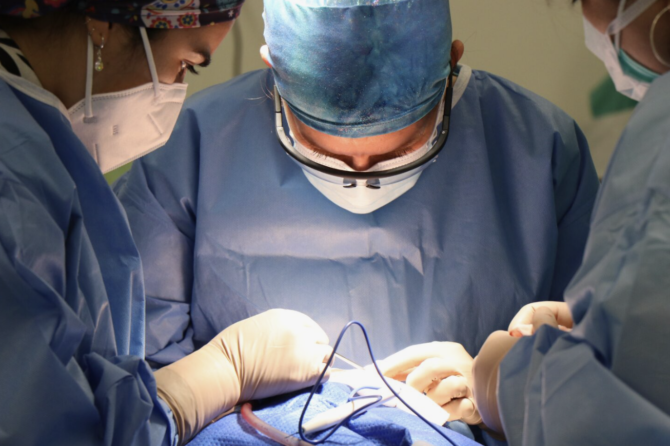
Is Laser Treatment Possible in Advanced Stage Anal Fistula?
An anal fistula is a channel that forms in the anal region due to infection, and if not treated early, it can progress into more complex structures over time.
Advanced stage anal fistulas, with their branching structures and deep placement, present serious treatment challenges for both patients and surgeons.
So, is there a more comfortable solution than classical surgery for advanced stage anal fistulas?
What advantages does laser treatment offer in such cases?
Here are all the details:
What Is an Advanced Stage Anal Fistula?
Stages in anal fistula disease are determined by the anatomical structure of the fistula.
An advanced stage anal fistula generally refers to:
- Fistulas with multiple tracts (complex)
- Tracts with internal and external openings at different locations
- Tracts passing through muscle tissues (especially the sphincter muscle)
- Deep and wide fistula pathways
Such fistulas may not be fully treated with simple surgical procedures and carry a high risk of complications with classical methods.
Challenges in Advanced Fistulas
Advanced stage anal fistulas come with several key risks:
- Gas or fecal incontinence: Especially if the sphincter muscles are damaged
- High recurrence rate: Fistulas often recur after classical surgery
- Long healing process: Healing can take months with open-wound techniques
- Intense pain and reduced quality of life
For these reasons, a safer and more modern method has been sought: laser treatment for anal fistulas.
How Is Laser Treatment for Anal Fistulas Performed?
The goal of laser fistula treatment is to close the fistula tract in a controlled manner from the inside out.
Procedure:
- The fistula tract is carefully mapped
- A laser probe is inserted into the tract
- Laser energy is applied to shrink and seal the tract from within
- The sphincter muscles are preserved
📌 Advantage: No cutting, suturing, or wide open wounds are required.
Is Laser Treatment Possible in Advanced Stage Fistulas?
Yes, laser treatment is possible for many advanced cases — under certain conditions.
In Which Advanced Fistulas Can Laser Be Used?
- Long but straight fistula tracts
- Recurrent cases with favorable surrounding tissue
- Branched tracts that do not affect the sphincter
Who Is Not Suitable for Laser Treatment?
- Patients with multiple intertwined fistula networks
- During active infection with large accompanying abscesses
In such cases, preliminary steps may be needed (e.g., abscess drainage, simplification of fistula tracts) before laser can be applied.
Success Rate:
- In simple fistulas: ~85–90%
- In advanced fistulas: ~70–80% success with laser
Comparison: Laser vs. Classical Surgery
| Feature | Laser Treatment | Classical Surgery |
| Healing Time | 1–2 weeks | 4–8 weeks |
| Pain Level | Low | Moderate–High |
| Incontinence Risk | Very Low | Moderate–High |
| Recurrence Risk | Controlled | High (esp. with sphincter involvement) |
| Procedure Duration | 20–30 min | 45–90 min |
👉 Summary: Even in advanced cases, laser treatment offers a less painful, faster-healing option that preserves quality of life.
Laser Approach for Advanced Fistulas at Avrupa Cerrahi
At Avrupa Cerrahi, we are one of the pioneering centers in applying laser treatment for advanced stage anal fistulas.
At our center:
- Experienced proctology surgeons
- The latest laser technology
- Personalized treatment plans
- Protocols focused on painless and fast recovery
Frequently Asked Questions (FAQ)
Is there a risk of recurrence after laser treatment?
While recurrence cannot be completely eliminated, it is significantly lower than with classical surgery.
Is laser fistula treatment painful?
Post-procedure pain is minimal. Most patients are discharged the same day and return to normal life quickly.
How soon can I resume normal life after laser treatment?
Light activities are usually allowed within 3–5 days; full recovery occurs in 1–2 weeks.

Leave a reply